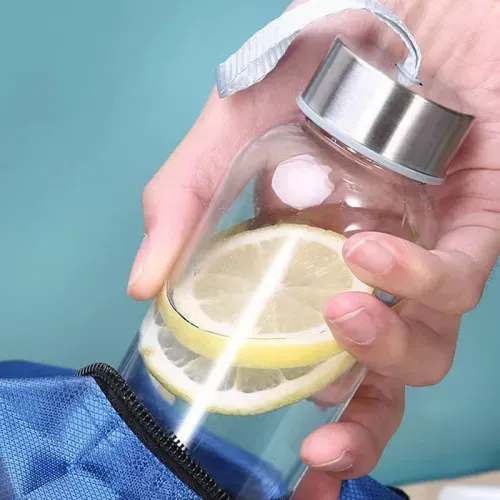 TEL: +86 311 67799298
TEL: +86 311 67799298 Email: tina@yintoglassware.com
Email: tina@yintoglassware.com
Understanding Alcohol Content in Different Glass Sizes and Serving Methods
Understanding Alcohol Percentage in Various Glasses
When it comes to enjoying a drink, understanding the alcohol percentage and the volume of a standard serving can significantly enhance our appreciation and responsibility towards alcohol consumption. Alcohol by volume (ABV) is typically expressed as a percentage, indicating how much alcohol is contained in a given volume of a beverage. Different types of drinks come in various glass sizes, and this can impact how we perceive a standard serving.
Alcohol by Volume (ABV)
Before diving into the specifics of various drinks, it is essential to understand ABV. For example, if a beverage has an ABV of 12%, it means that 12% of the beverage's total volume is pure alcohol. This percentage is crucial for both consumers and producers, as it helps gauge the strength of the drink. Generally, lighter beers range from 4% to 6% ABV, while wines typically fall between 9% and 16%, with spirits like whiskey or vodka usually exceeding 40% ABV.
Common Drink Types and Their Glasses
1. Beer A standard beer is often served in a pint glass, which typically holds 16 ounces (about 473 ml). With a beer averaging around 5% ABV, consuming one pint provides about 0.8 ounces (approximately 23.7 ml) of pure alcohol. It's worth noting that beer can come in various styles and strengths, from light lagers to rich stouts, which can significantly affect the amount of alcohol consumed.
2. Wine Wine is usually served in a wine glass, with these glasses holding about 5 ounces (approximately 148 ml) for a standard serving. With an average ABV of 12%, a 5-ounce glass of wine contains about 0.6 ounces (approximately 17.7 ml) of pure alcohol. Wine comes in numerous varieties, including red, white, and sparkling, each with its own unique flavor profiles and ABV levels.
alcohol measure glass

3. Spirits Spirits are served in smaller glasses, often in shots or mixed drinks. A standard shot in the United States is typically 1.5 ounces (approximately 44 ml) and, with a common ABV of around 40%, delivers 0.6 ounces (about 17.7 ml) of pure alcohol. Cocktails can vary widely in their strength depending on the amount and type of spirits used, as well as the mixers involved.
4. Cocktails Cocktails can be served in various types of glasses, such as highball, lowball, or martini glasses. The alcohol content in cocktails can vary significantly due to the combination of spirits, liqueurs, and mixers. An average cocktail may contain anywhere from 1 to 3 ounces of alcohol, leading to a wider range of total ABV.
Responsible Consumption
Understanding the alcohol content of the drinks we consume is essential for maintaining moderation and ensuring responsible drinking. The relationship between the type of glass and the alcohol percentage can inform our choices, whether it's selecting a lighter beer vs. a stronger cocktail.
By being conscious of the drink's ABV and serving size, we can enjoy our beverages while being mindful of our health and safety. This awareness not only enhances our drinking experience but also contributes to realistic social interactions, helping us to appreciate the flavors without overindulgence.
In summary, alcohol consumption should be an informed choice. By understanding the alcohol percentages in different types of drinks, paired with their serving sizes, we can foster a culture of responsible drinking that prioritizes enjoyment without excess. The next time you enjoy a glass of beer, wine, or spirits, take a moment to reflect on the contents and savor each sip with moderation in mind.
-
Unparalleled Convenience by High Borosilicate Glass Bottle with a Cork LidNewsJul.17,2025
-
The Versatility and Convenience of Glass Salad Bowl SetsNewsJul.17,2025
-
The Practical Wide Application of High Borosilicate Glass Food Storage ContainerNewsJul.17,2025
-
High Borosilicate Colored Glass Bowl VS Soda-Lime Glass and Tempered GlassNewsJul.17,2025
-
Creativity with Customized Colored Glass Dinnerware Sets for SaleNewsJul.17,2025
-
Advantages Analysis of Double Wall French PressNewsJul.17,2025









